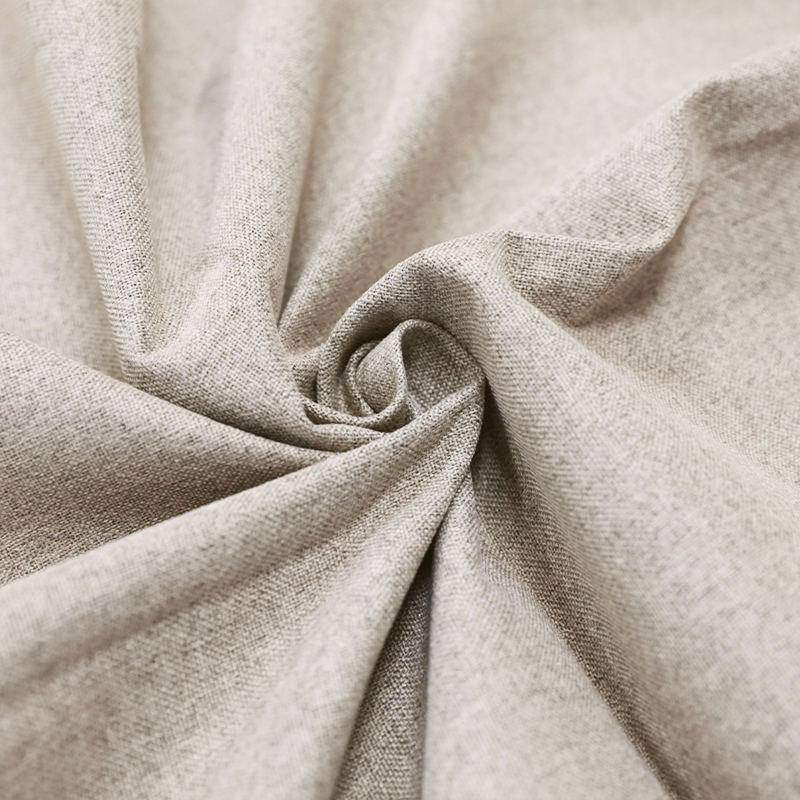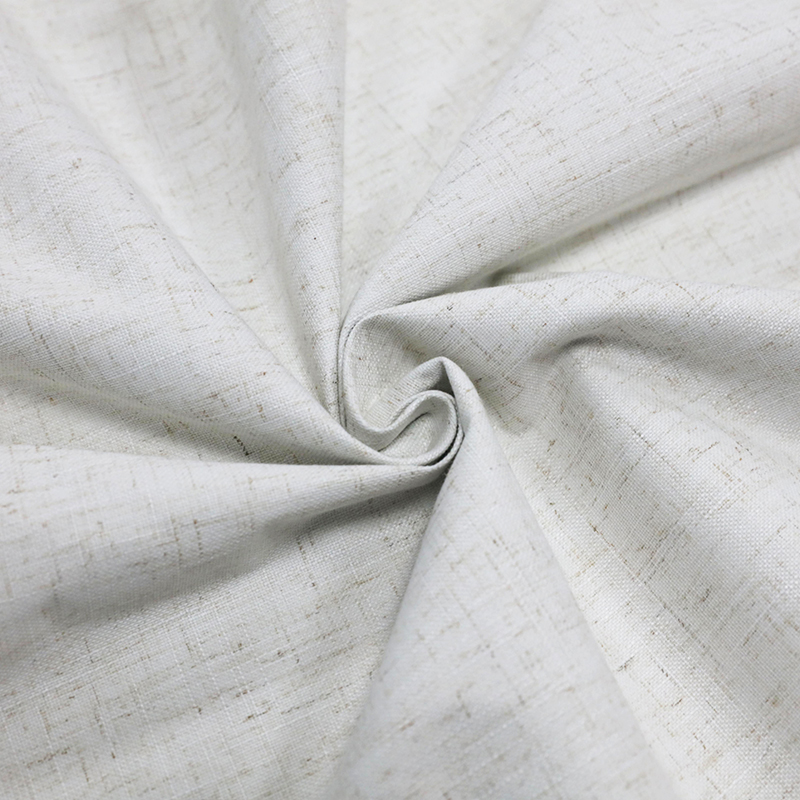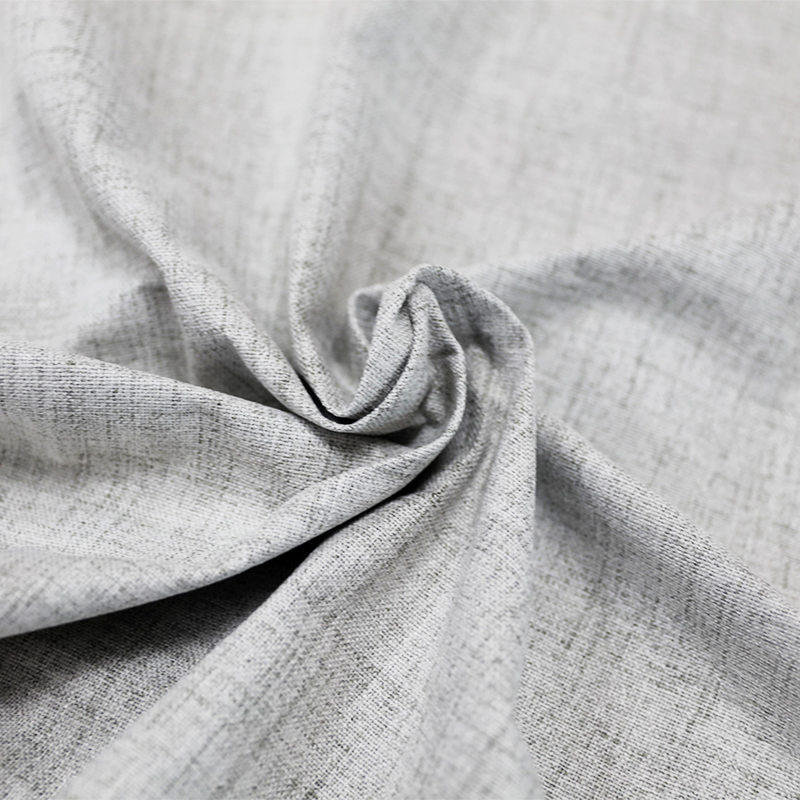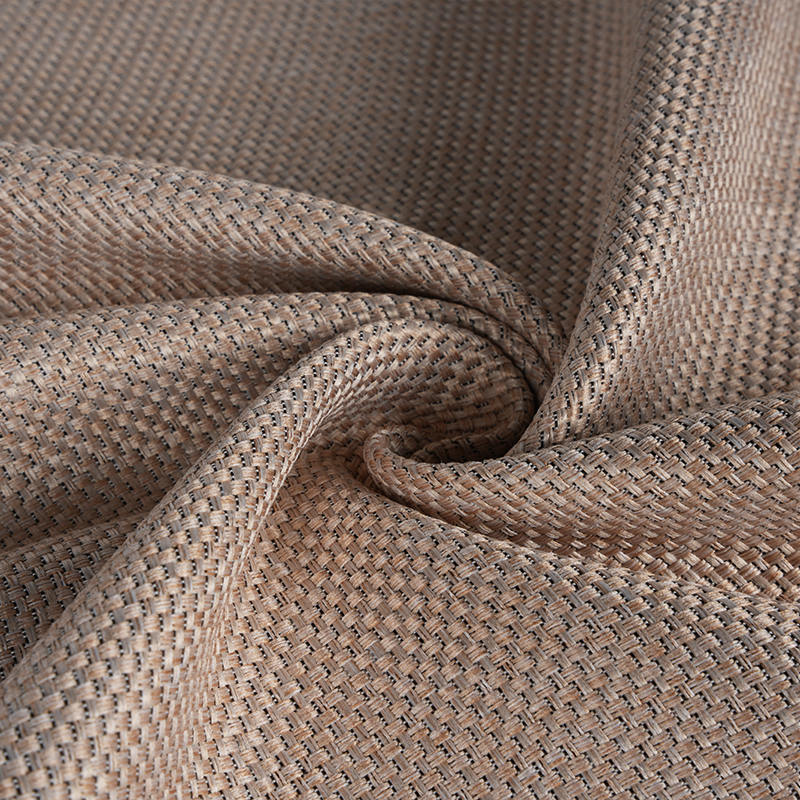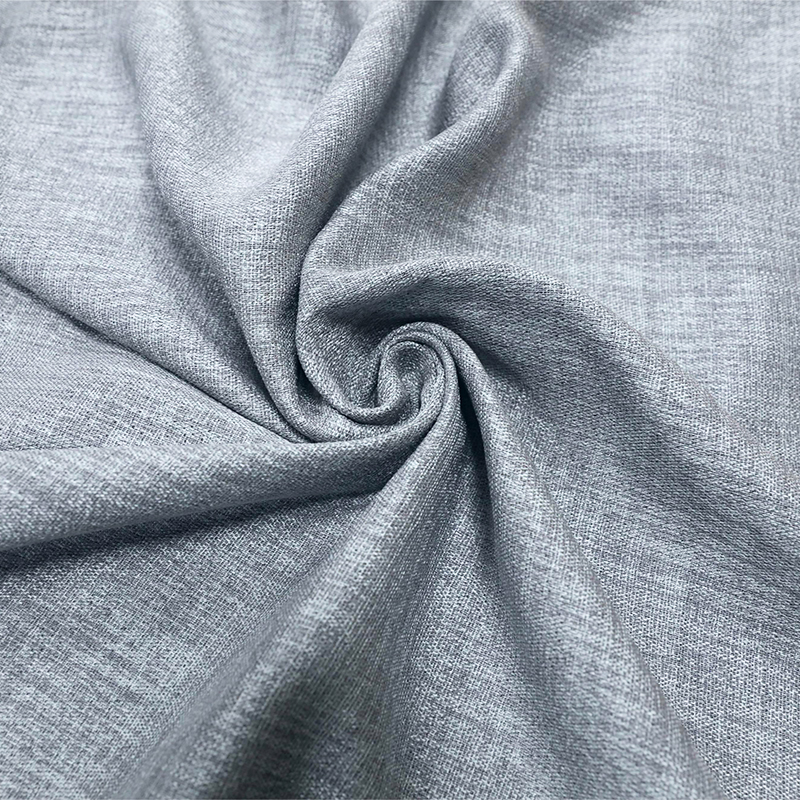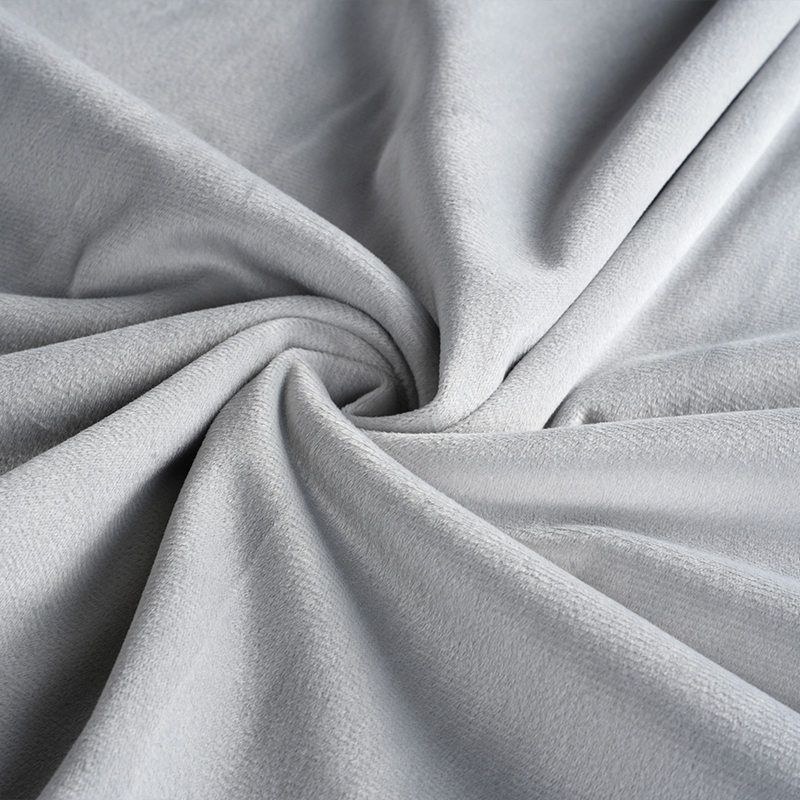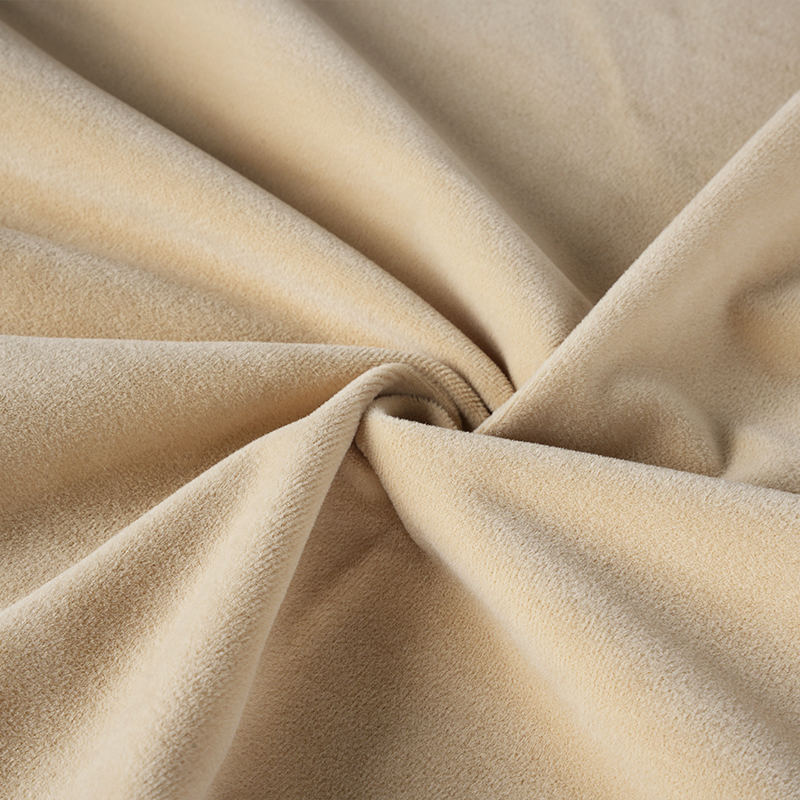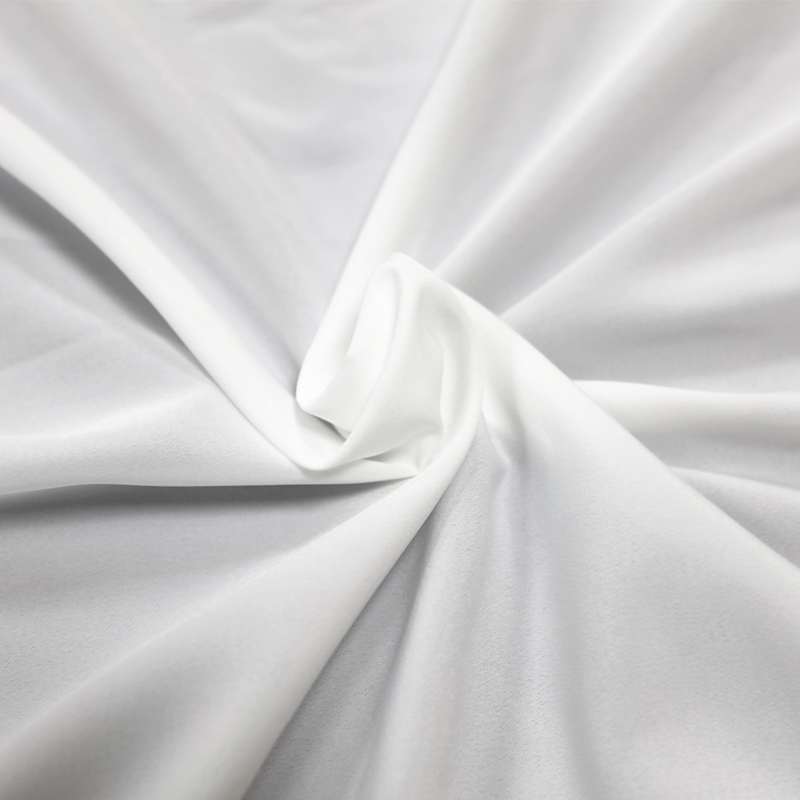-
Phone:+86-13815442820
-
E-mail:[email protected]
-
Address:Room 0415-2, Building 1, Baohui Business Building, Keqiao Street, Keqiao District, Shaoxing City, Zhejiang Province
How to Maintain and Care for Blackout Linen Curtains
 2025.07.21
2025.07.21
 Industry News
Industry News
1. Dust and clean regularly
Dust removal: Blackout linen curtains are naturally rough and easy to collect dust. To keep them clean, use a soft brush, vacuum cleaner head (such as a soft brush head), or lint roller to remove dust from the surface of the curtains. You can dust them once a month to prevent dust from accumulating, especially if the curtains are hung for a long time.
Dust removal: If you use a vacuum cleaner, it is recommended to use a low suction setting, which can effectively clean without damaging the curtain material. Do not use the vacuum cleaner directly on the curtain, and it is best to keep a short distance to prevent the fabric from being pulled or deformed.
2. Wash the curtains
Check the care instructions: Before you start washing, always check the curtain label to find out the manufacturer's washing recommendations. Linen fabrics are fragile, and some blackout curtains may require special care.
Hand wash: If the curtain label states that it is not machine washable, you can choose to hand wash it. Use cold water and add a small amount of mild laundry detergent. Rub gently when washing, and avoid pulling hard to avoid damaging the fabric fibers.
Machine wash: If the curtains can be machine washed, it is recommended to use a gentle wash mode and set the water temperature to cold water (about 30°C). Choose a neutral laundry detergent and do not use bleach or detergents containing strong chemical ingredients to avoid damaging the linen material.
Avoid using softeners: Although softeners can make the fabric soft, they will affect the functionality of blackout curtains and reduce their blackout effect. So it is best to avoid using softeners.

3. Dry the curtains
Air drying: After washing, linen curtains should be avoided from using a dryer as much as possible. It is best to choose natural air drying. Hang the curtains on a clothes rack or a rope to ensure that they are flat and avoid large areas of wrinkles. When drying, make sure that the curtains can get enough air circulation.
Avoid direct sunlight: Linen is a natural material. Long-term exposure to sunlight will easily fade and even affect the strength of the curtains. Therefore, it is best to hang the curtains in a cool place and avoid direct exposure to sunlight.
Use a dryer: If you have to use a dryer, you should choose low temperature or cold air mode. High temperatures can easily cause linen fibers to shrink or stiffen, so avoid using hot air to dry.
4. Ironing and steaming
Ironing: Linen fabrics are naturally more prone to wrinkling, so ironing is often necessary after washing. It is recommended to iron the curtains when they are slightly damp to make it easier to remove wrinkles. Use a low-temperature steam iron to avoid damaging the fabric due to high temperatures.
Steam cleaning: If you don't want to use an iron, steam cleaning is a gentler way to remove wrinkles. You can use a clothing steamer or hang the curtains in the bathroom and use hot water steam to help remove wrinkles. Steaming not only removes wrinkles, but also maintains the natural sheen of the linen.
5. Remove stains
Spot cleaning: If the curtains have small stains or spots, it is best to use a soft cloth or sponge with a small amount of mild detergent and gently wipe the stained area. Be careful not to rub too much to avoid damaging the linen fibers or spreading the stain.
Stubborn stains: For more stubborn stains, you can use a special linen fabric cleaner. Choose a mild stain remover and follow the instructions. If you're unsure if a cleaning agent is suitable for linen, it's a good idea to test it on a small area in an inconspicuous area to make sure it won't fade or damage the fabric.
6. Prevent fading and wear
UV protection: Linen curtains will fade over time if exposed to sunlight. To extend the life of your curtains, choose curtains with ultraviolet (UV) protection coatings. UV coatings can effectively reduce the damage of sunlight to curtains, while also improving the curtains' light-blocking properties.
Rotate curtains: If one side of your curtains is often exposed to sunlight, regularly rotating the front and back of the curtains or moving the curtains to another window position can prevent excessive wear on one part of the curtain. This will make the curtains more evenly used and prevent one side from fading too quickly.
7. Resize and trim curtains
Trimming curtain length: Linen curtains may stretch or shrink to some extent after multiple washings. If the curtains become too long, you can restore them to their ideal length by trimming the edges of the curtains. Be sure to use a cutting method that is suitable for linen fabrics and ensure that the seams are neat.
Rehang: After washing, curtains need to be hung immediately to avoid being folded for a long time. You can pat the curtains gently to help them return to their original shape and remove most of the wrinkles.
8. Store the curtains
Proper storage: If you do not plan to use the curtains (for example, seasonal curtain replacement), make sure the curtains are in a dry, cool environment when storing, away from moisture and direct sunlight. Avoid folding the curtains for a long time, as folding for too long can easily form permanent wrinkles.
Loosely roll up: You can choose to roll up the curtains loosely instead of folding them, which can reduce wrinkles and fabric indentation. To avoid exposing the curtains to dust, wrap the curtains in a breathable bag to prevent dust and dirt from intruding.

 English
English Español
Español عربى
عربى